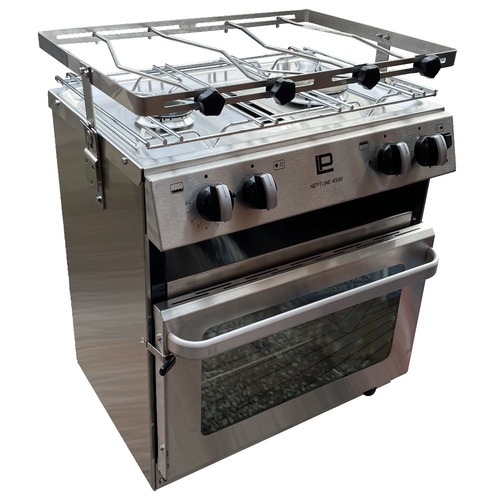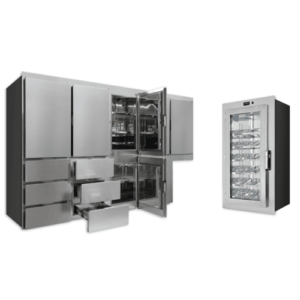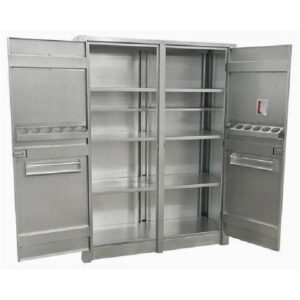Key Features of Stove
1. Types and Burner Configurations of Stoves
Marine stove is available in gas, electric, and induction models with one to four burners. Each unit supports various cooking styles—from boiling and frying to baking—using oven-integrated or cooktop-only designs.
2. Marine-Grade Construction of Stoves
Manufacturers use stainless steel or powder-coated steel for the body, with heat-resistant knobs, safety grates, and corrosion-proof fittings. These materials ensure long-lasting performance in humid, vibration-heavy galley environments.
3. Stability and Anti-Tip Features of Stove
Most marine stoves include gimbaled frames, pot retainers, or locking mechanisms to keep cookware secure during rough seas. These features reduce the risk of spills and improve safety while cooking underway.
4. Heat Distribution and Power Output of Stoves
Burners are designed for even heat distribution and fast ignition. Electric and induction models feature rapid heat-up technology, while gas variants offer flame control for precise temperature regulation.
5. Control and Safety Systems of Stove
Units include flame failure protection, overheat sensors, and insulated handles or control panels. Many models also offer auto shut-off features to prevent accidents when left unattended or during power surges.
6. Cleaning and Maintenance
Smooth surfaces, removable burners or trivets, and drip trays allow for easy cleaning after each use. Stainless steel finishes resist stains and simplify hygiene compliance in commercial kitchen spaces.
7. Installation and Space Efficiency
Stoves are available in freestanding, built-in, or countertop formats to match various galley layouts. Compact dimensions and rear ventilation help maximize space in smaller kitchens without compromising performance.
8. Compliance and Certifications
All marine stoves comply with IMO, CE, and UL standards for shipboard appliances. Units are certified by classification societies such as DNV and Lloyd’s Register for use in commercial and passenger vessels.





